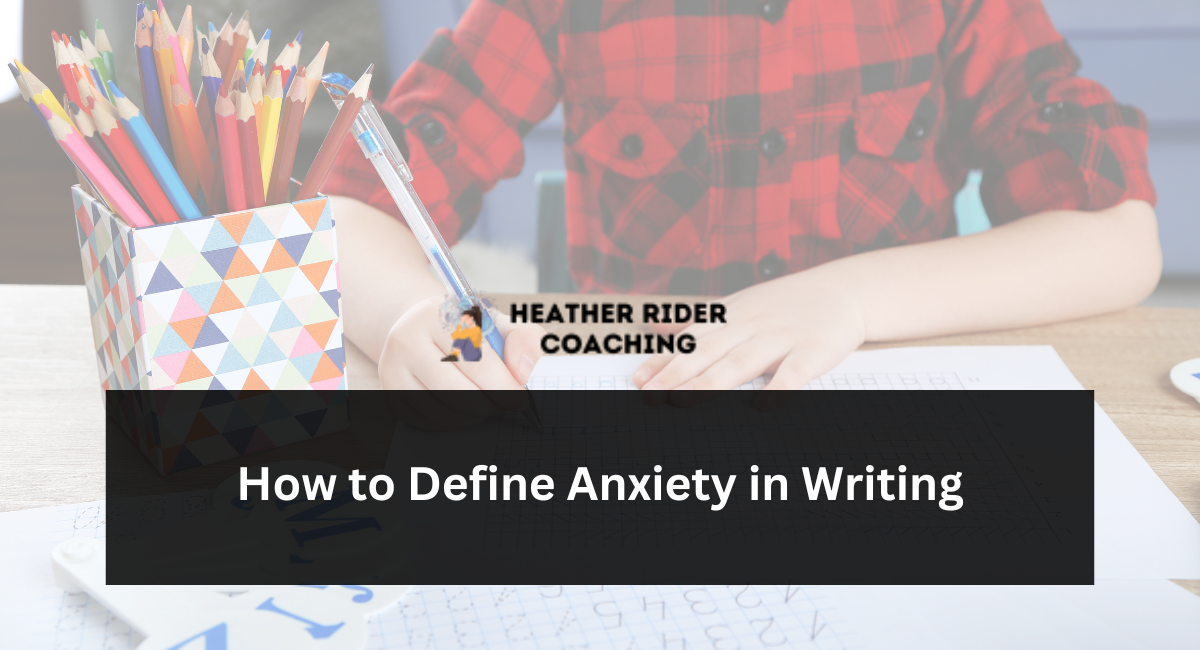Writing anxiety is a common condition among writers. It may stem from fear of failure, pressure to excel, or feeling like insufficient words have been written yet.
Utilizing descriptive details to convey a character’s anxiety will allow readers to better comprehend and empathize with them. This includes internal thoughts and physical symptoms like squinted eyes or quivering voices.
Characters
Representing a worried character can be challenging because they might not always show it directly. Whether the anxiety stems from past traumas or simply excessive thinking habits, your reader needs some understanding as to why this character is anxious and how this impacts their life.
Use internal monologue and narration to convey their racing thoughts, fears, physical symptoms like trembling or sweating, and sensory details to show an increased awareness of their surroundings; for instance, describing knees shaking when they think about work performance or heart pounding when watching a news broadcast on television could do this effectively.
If your character is anxious, don’t forget to have them fail at things they find challenging – for instance, socializing well, only to later retreat into the bathroom and tear up over how hard it was.
Dialogue
Do not simply state, “She was nervous”; show it through internal dialogue and other techniques. A nervous character might fidget, sweat profusely, or breathe rapidly – describe these symptoms to make your character more relatable and realistic.
Your characters’ negative thoughts can be a significant source of anxiety, so it is vitally important to reflect this through their words. Phrases such as “stammered,” “muttered,” and “whispered” can add nuanced speech patterns; their breath may become shallow or their voice quiver while speaking; they might even squint their eyes as their speech continues.
People living with anxiety tend to be very aware of their surroundings. Even small things may set off an episode or cause panic attacks, so it’s crucial that characters with anxiety be given a backstory about what may have caused an event and how they might try to avoid similar ones in the future – this can be accomplished via foreshadowing or flashbacks.
Body Language
Anxiety is a normal human response to stress and fear; therefore, writers must capture this emotion accurately in their writing.
Display your character’s nervousness through body language. They might fidget, avoid eye contact, cross their arms or legs, or have an upright or rigid posture when feeling nervous; some individuals also tremble or have rapid heartbeats when anxious.
Anxiety stems from unfounded fears and can manifest physically. Deliberately detailing these moments will allow readers to empathize with your character’s inner turmoil and relate more strongly.
Sensory Details
Sensory details in writing can help readers be fully immersed in your story and experience your character’s feelings. For instance, using physical sensations such as a racing heart or sweaty palms to describe tension can heighten reader involvement with the tale; adding details like a clenched jaw or furrowed brow can boost emotional intensity further.
Another great way of showing anxiety in characters is to try having their voice falter or stumble when speaking. Additionally, pacing, biting their nails, or having difficulty concentrating can make someone anxious – making them appear nervous or even anxious themselves. This can give the impression of their character being anxious – which is a common symptom associated with anxiety.
Remember that your characters may be anxious because of something in the story they are facing, and it is your job as the writer to identify its cause and present it to readers.
Conclusion:
Defining anxiety in writing involves capturing the nuanced interplay of worry, fear, and unease. It’s a delicate dance of emotions, manifesting both physically and mentally. Through vivid descriptions and thoughtful language choices, one can convey the intricate tapestry of anxiety, creating a relatable and evocative portrayal that resonates with readers.
